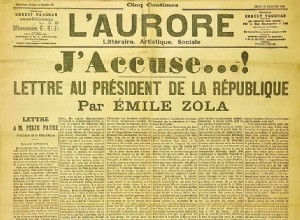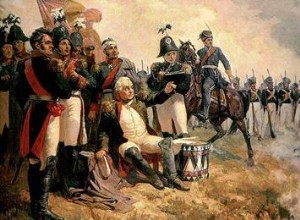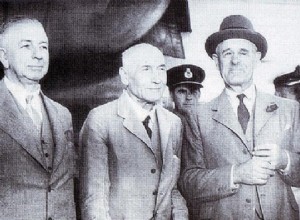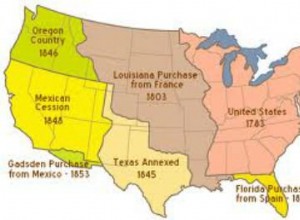Under IIIth Republic, many political and military crises have erupted. The defeat against Germany in 1870 is traumatic. The annexation of Alsace and Moselle reinforces nationalist sentiment, France retains a spirit of revenge. Hate of Jews is public, violent and regularly fueled by publications. 1




